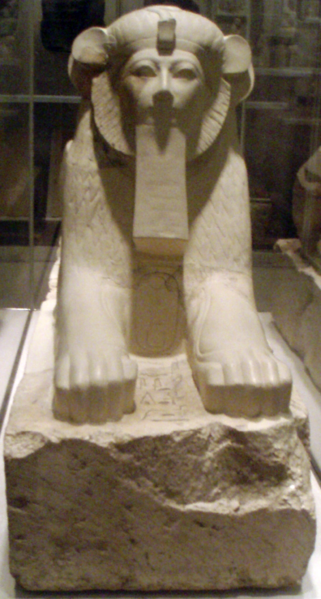Ever heard of a ruelle, a visit card or les bas-bleus? In preparation for SALON 669, we’ve compiled a glossary of weird and wonderful terms from literary and art gatherings of the past. Don’t worry though, you don’t have to be a noble, a French speaker or dressed in blue stockings to attend our Oct. 18-27 event series. Just bring a healthy helping of the last term on the list…
- Age of Conversation: Spans the height of the salon’s popularity, from the 16th to 18th centuries in Italy, France and across Europe. Some scholars say the intellectual meetings helped spark the French Revolution.
- Enlightenment: A cultural movement that was spurred in part by the salon, which created an even playing field of ideas that elevated the growing bourgeois class to the level of the nobility.

- The Great-Woman: The hosts of salons were commonly women of the bourgeois and noble classes, who threw the gatherings to educate themselves and wield social and political power. Historians have called the most influential of these salonnieres “great-women”, using their stories to reframe misogynistic historical narratives.
- Greek Symposium: The Athenians invited artists and intellectuals to their homes, providing a safe political space for different classes to mingle. The symposium inspired the Roman banquet, which inspired Italian Renaissance gatherings, which inspired the French to coin the term “salon”.
- Horace: Roman lyric poet who said his craft aimed “either to please or to educate”. The salons often followed Horace’s motto, aspiring to foster delightful, stimulating conversation.
- Je Ne Sais Quoi: French for “I don’t know what”, a popular way to describe the harmonious feeling of the salons in 17th century France.
- Lane: Or, in French, ruelle. Describes the space between the bed and the wall in a lady’s chambers, where 17th century French salon goers sat while their hostess lounged. Not all salons were so intimate though. At Louis XIV’s petit lever (literally “a little lift”), no one was allowed to sit down.

- Literary Lion: Term for fierce literature enthusiasts who organized salons in the 19th and 20th centuries. Madame Recamier (1777-1849) helmed a powerful literary salon attended by intellectuals who were unpopular at court, snubbed a position as the Empress consort’s lady-in-waiting, and even started a tiff between artists Jacques Louis-David and Francois Gerard over a portrait commission. The hardly humble writer and salon host Gertrude Stein later used the title to describe herself.
- Les Bas-Bleus: A term that has come to mean “female intellectual”. Madeline de Scudery founded the les bas-bleus (blue-stockings) salon in the 1600s. When salons sprung up across Europe in the 18th century, Elizabeth Montagu founded her own blue-stockings gathering in England. Montagu maintained such a rigid dress code that she once rejected the Duke of Wellington for having the wrong shade of socks.
- Visit Cards: From the 1800s until the 1930s, visitors to upper class French salons would present a card with their name on it to a servant at the door. If the host didn’t recognize their name, they were booted from the premises.
- Wit: Throughout the history of salons, cleverness was key. The two most important rules at a salon were that all guests were to be treated equally, and that everyone was expected to make points without provoking confrontation.
Stay tuned for more salon-themed posts, and make sure to attend SALON 669 at the Matthews Gallery from October 18-27. Connect with us on Facebook, Twitter and Pinterest for more news from the Matthews Gallery!






